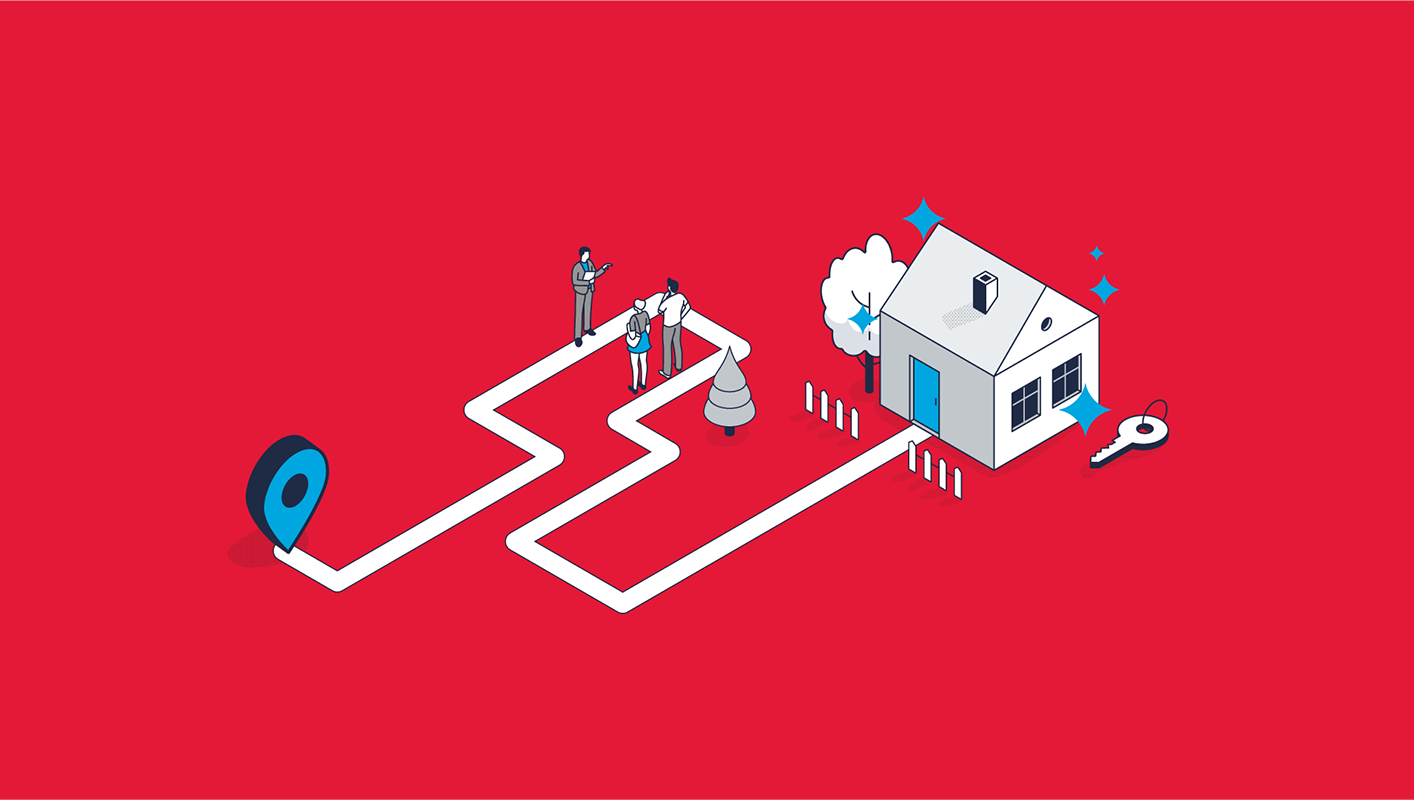
Let's break down Lenders Mortgage Insurance
Are you a diligent saver, or perhaps navigating through past financial commitments like a car loan or student debt?
Sometimes, achieving your long-term financial goals, such as saving for a house deposit, can feel like a challenging feat. However, even if you haven't saved as much as you hoped, the dream of owning your own home might be closer than you think!
When it comes to budgeting for your first home, you might have heard that having at least 20 percent of the total house price saved is a prerequisite for loan approval. While this was historically true, it's no longer the case. Many individuals are successfully obtaining finance with deposits as low as 5 or 10 percent. The only caveat? Deposits under 20 percent often lead lenders to apply Lenders Mortgage Insurance (LMI) to your loan.
Lender’s Mortgage Insurance (LMI) is generally paid when you take out a loan that is worth more than 80% of a property’s value to protect the lender in case you can’t make your repayments. There are ways around paying LMI which we’ll dive into shortly.
LMI acts as a safeguard for the lender in case you default on your loan, and the cost is passed on to you. However, if you have saved between 5-10 percent as a deposit, paying LMI could be a worthwhile investment to enter the property market sooner. LMI it can be included in your loan repayments, spreading the cost over the term of your loan, making it less noticeable.
But what if you're not keen on paying mortgage insurance? You can still reach the 20 percent mark through a combination of genuine and non-genuine savings. Genuine savings typically involve regular contributions to a savings account over a period of at least three months, while non-genuine savings can include financial gifts from family members. It's advisable to consult with a broker to explore the options available and tailor them to your financial situation.
Alternatively, the Federal Government's First Home Loan Deposit Scheme, offers another avenue to tackle this hurdle. Under this scheme, you can secure your dream home with a minimum deposit of 5 percent, with the government acting as a guarantor for the remaining 15 percent. This not only helps you avoid LMI but also accelerates your entry into homeownership.
Another option is to enlist a guarantor for your loan, often a family member, who offers their property as additional security. While this can pose limitations for your guarantors, such as difficulty selling their property or accessing equity, it's a viable solution if you have a solid repayment history and your guarantors are financially stable.
Ultimately, the best course of action is to assess your personal situation and chat to your bank or a mortgage advisor to get advice tailored to you.

.png)





